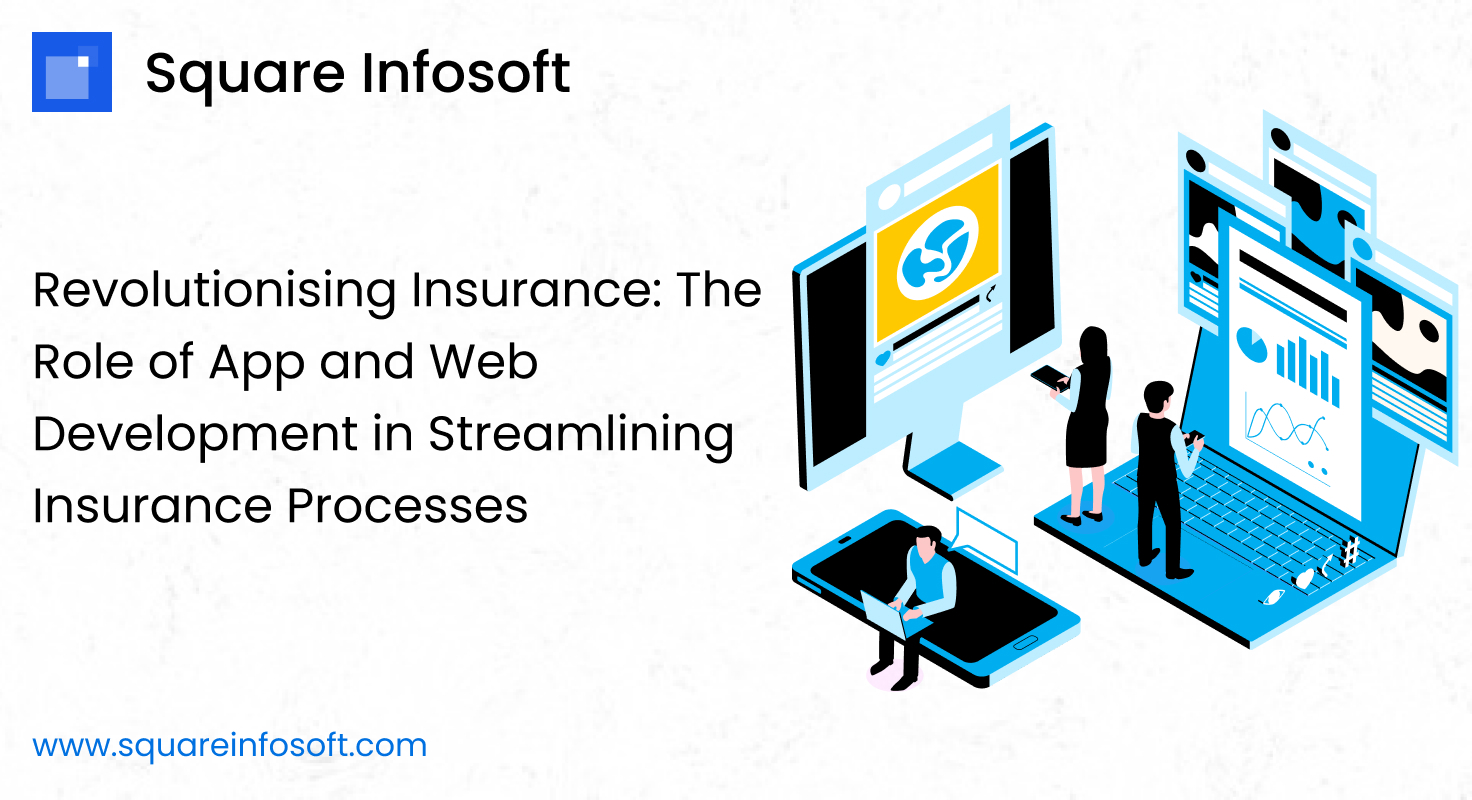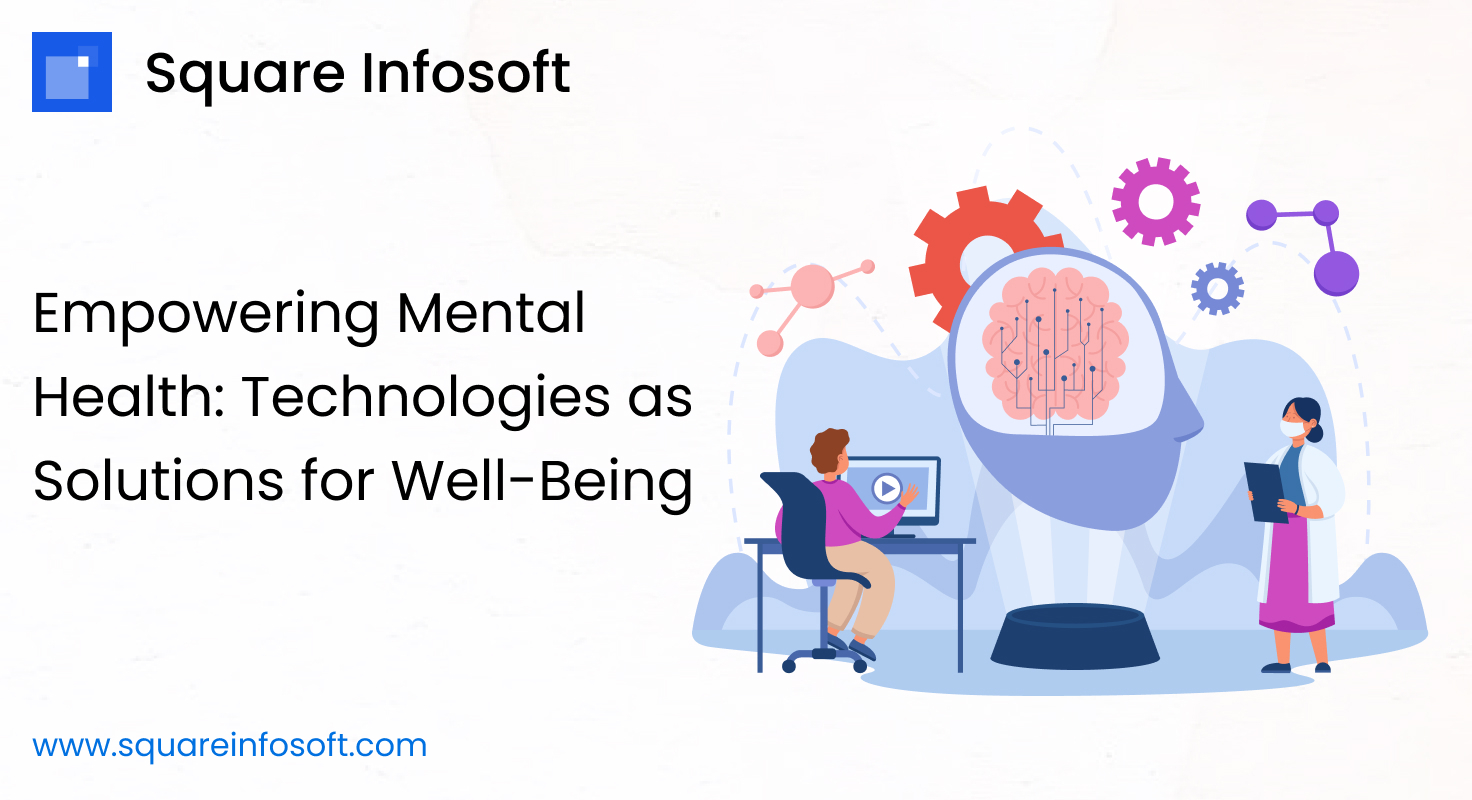User Experience (UX) design is a critical aspect of product development, and it brings several advantages to both users and businesses. Here are some key advantages of prioritizing UX in product design:
- Enhanced User Satisfaction:
- A well-crafted UX design ensures that users can easily and effectively achieve their goals. This leads to higher satisfaction and a positive perception of the product or service.
- Improved Usability:
- UX design focuses on creating intuitive and user-friendly interfaces, making it easier for users to navigate and interact with the product. This enhances overall usability.
- Increased User Engagement:
- A positive UX encourages users to engage more with the product. Engaged users are more likely to explore features, spend more time on the platform, and become loyal customers.
- Higher Conversions:
- An optimized user experience can lead to higher conversion rates. When users find a product easy to use and valuable, they are more likely to convert, whether it’s making a purchase, signing up, or taking other desired actions.
- Brand Loyalty:
- Good UX contributes to building brand loyalty. Users are more likely to stick with products that consistently provide a positive and enjoyable experience.
- Reduced Abandonment Rates:
- A frustrating or confusing user experience can lead to users abandoning a product or service. UX design helps minimize abandonment rates by ensuring a smooth and satisfying interaction.
- Cost Savings:
- Investing in UX design early in the development process can save costs in the long run. Identifying and addressing usability issues early prevents the need for costly redesigns and updates.
- Competitive Advantage:
- In a crowded market, a superior user experience sets a product apart from competitors. Users are more likely to choose products that are easy to use and provide a positive experience.
- Increased Accessibility:
- UX design considers the needs of a diverse user base, including those with disabilities. Creating accessible designs ensures that a broader audience can use and benefit from the product.
- Positive Word of Mouth:
- Users who have positive experiences are likely to share them with others. Word-of-mouth recommendations can significantly impact a product’s reputation and user acquisition.
- Data-Driven Decision Making:
- UX research provides valuable insights into user behaviors and preferences. This data allows for informed decision-making and continuous improvement based on user feedback.
- User-Centered Design:
- UX design focuses on understanding users’ needs and preferences, leading to the creation of products that genuinely cater to user requirements.
- Adaptability to Change:
- Products with a strong UX foundation are more adaptable to changes and updates. Users are more likely to embrace new features if they align with the overall positive user experience.
In summary, investing in UX design brings numerous benefits, ranging from increased user satisfaction and engagement to improved business outcomes and a competitive edge in the market.




